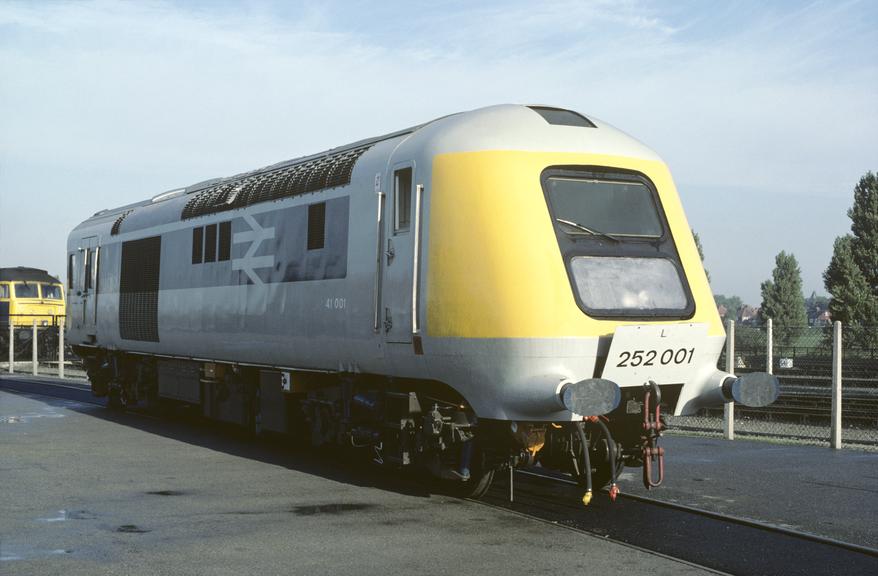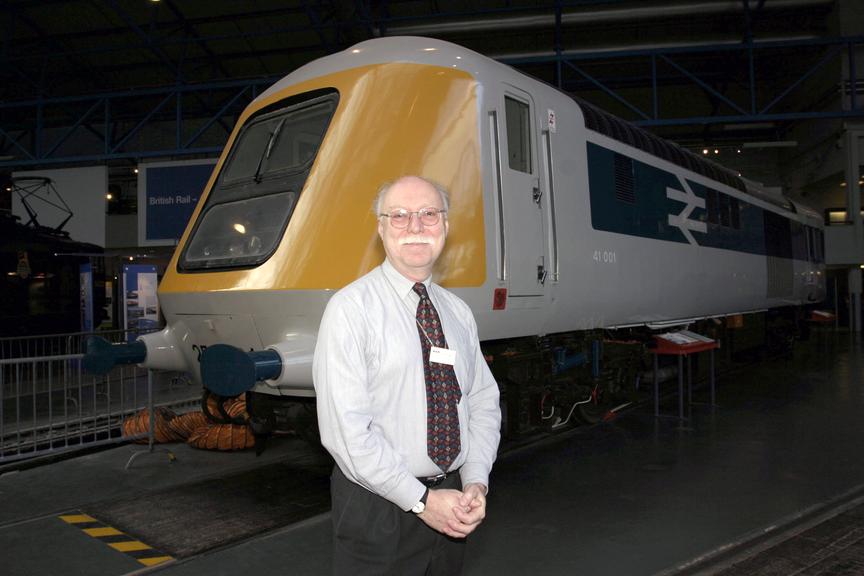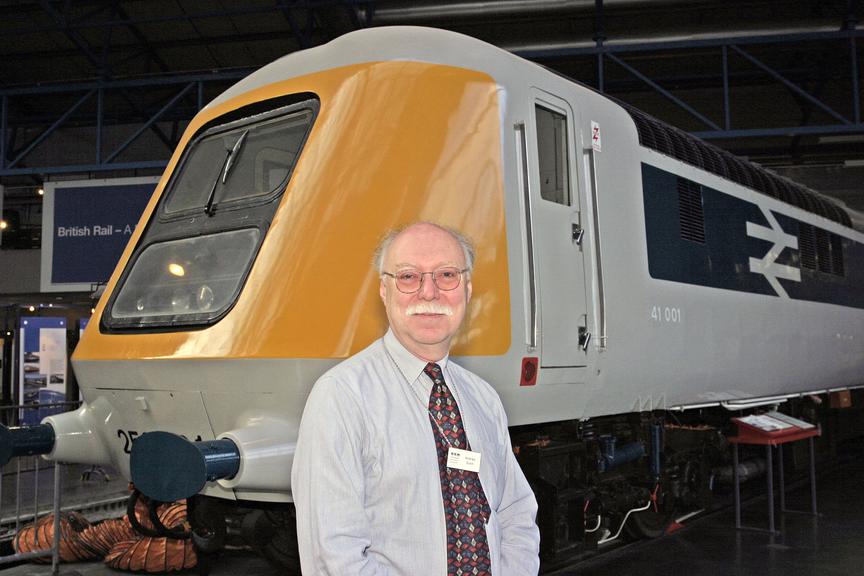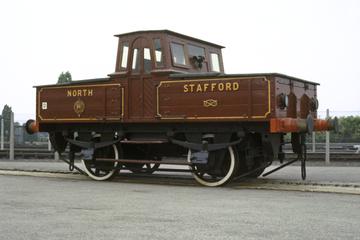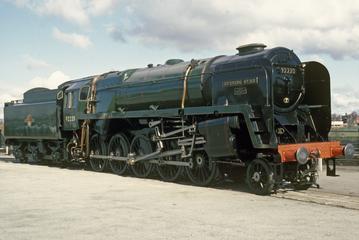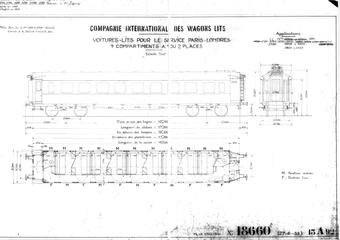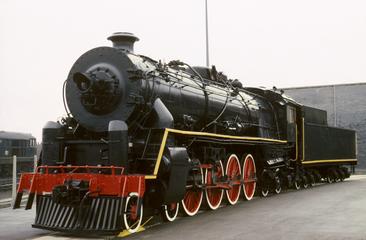HST power car
Diesel power unit from British Railways, No 41001, prototype High Speed Train power car, built 1972. Paxman Valenta diesel engine power unit, sectioned for display
More
As car ownership increased, British Rail needed something to attract passengers. The answer was the High Speed Train – also known as the Inter-City 125 due to its top speed of 125mph. As a diesel-powered engine, the HST did not need expensive electrification at a time of little support for the railways.
To this end, 41001, the British Railways prototype High Speed Train diesel power car was built along with 41002 at British Rail Engineering Limited at Crewe in 1972. This prototype power car was a test vehicle for what became the world’s fastest diesel train. The prototype became part of the National Collection in 1988 and after many years out of use it was restored to working order in 2014.
The first production High Speed Train power car was delivered in late 1975 and these “journey shrinkers” revolutionised rail travel in the UK.
- Object Number:
- 1988-7000/1



